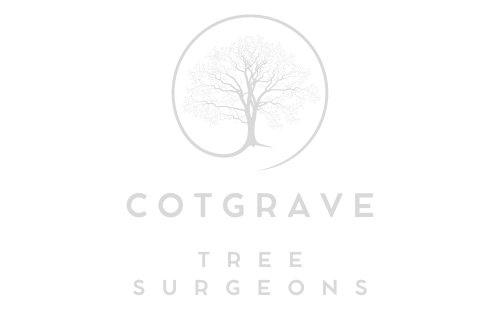The Environmental Benefits of Tree Crown Reduction
The Environmental Benefits of Tree Crown Reduction
Introduction: In the lush landscapes of Cotgrave, trees are not just beautiful additions to the scenery; they are essential contributors to the local ecosystem. However, when trees become overgrown, they can challenge their surroundings. Tree crown reduction is a strategic approach to managing these challenges while preserving trees’ vital role in the environment. In this blog post, presented by Cotgrave Tree Surgeons, we’ll explore the environmental benefits of tree crown reduction and its positive impact on the local ecosystem.
1. Enhanced Light Penetration
One significant benefit of tree crown reduction is improving light penetration to the forest floor. Overgrown canopies can create dense shade, limiting sunlight’s reach to lower vegetation and hindering its growth. By selectively pruning the outermost branches, crown reduction allows more sunlight to filter through the canopy, promoting the growth of understory plants and enhancing biodiversity. Increased light penetration also supports the regeneration of native plant species, contributing to a healthier and more resilient ecosystem.
2. Improved Air Circulation
Dense tree canopies can restrict airflow within the forest, creating stagnant air pockets conducive to fungal diseases and pest infestations. Crown reduction helps improve air circulation by thinning the canopy and allowing breezes to pass more freely through the trees. Enhanced airflow promotes moisture dispersal, reduces humidity levels, and minimises the risk of fungal pathogens. Improved air circulation also benefits wildlife habitats by creating more comfortable conditions for nesting birds and other forest inhabitants.
3. Sustainable Forest Management
In the context of sustainable forest management, tree crown reduction plays a crucial role in maintaining the health and vitality of forest ecosystems. Foresters can optimise light penetration, air circulation, and overall productivity by selectively pruning overgrown trees. Well-managed forests are more resilient to environmental stressors like drought, disease, and climate change, ensuring long-term sustainability and ecological integrity. Crown reduction is an essential tool in the toolkit of sustainable forest management practices, supporting the health and diversity of forest ecosystems.
4. Preservation of Wildlife Habitat
Healthy forests provide vital habitat for various plant and animal species, supporting biodiversity and ecological balance. Tree crown reduction helps preserve wildlife habitat by promoting the growth of understory vegetation and creating diverse microhabitats within the forest. These habitats provide food, shelter, and breeding sites for various wildlife species, including birds, mammals, and insects. By enhancing the ecological value of the forest, crown reduction contributes to biodiversity conservation and the protection of threatened and endangered species.
Conclusion: Tree crown reduction is a valuable practice for enhancing the environmental health and sustainability of forest ecosystems in Cotgrave. By improving light penetration, air circulation, and wildlife habitat, crown reduction contributes to the preservation of biodiversity and the resilience of forest ecosystems.
Call us on: 0115 647 1199
Click here to find out more about Cotgrave Tree Surgeons
Click here to complete our contact form and see how we can help with your tree’s needs.

